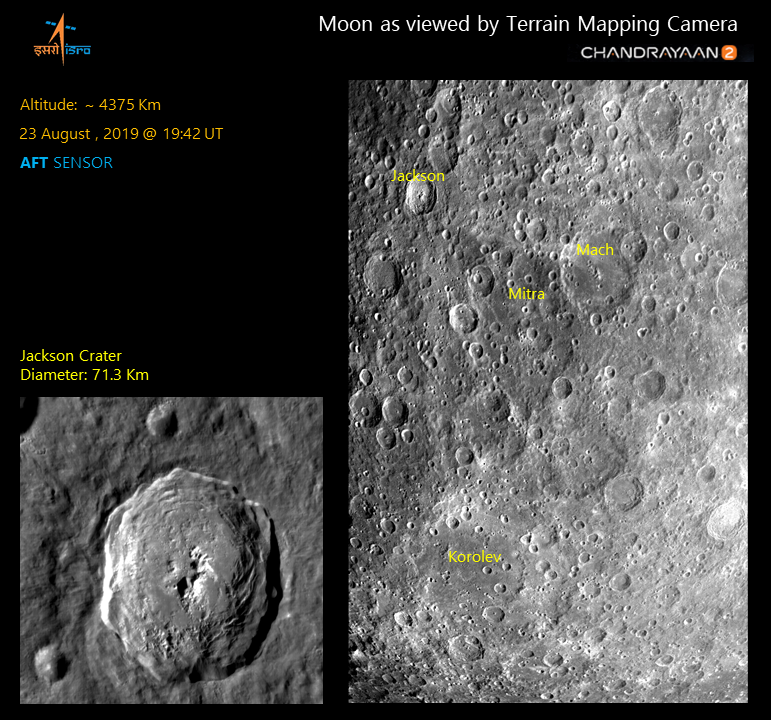
One can see "Mitra" (Named after Indian Physicist Sisir Kumar Mitra
(Dr. Mitra, among other things was JC Bose's student, and worked with Mme Curie).

Thanks. Nice analysis by you.sudarshan wrote: <snip> see post above..
Ain't it remarkable that such minor speed changes can be detected from earth, so far away, on such a relatively small object?
The problem with DBS is that the power gets distributed over both the sidebands which is inefficient against single sideband especially if the transmitter is very far which inturn affects signal to noise ratio. Modern cellular access technology use SSB taking advantage of quadrature modulation during up conversion. Probably something to do with legacy specifications so that signal is decodable by any Earth based receiving antennas as you mentioned.SSSalvi wrote:^
Why double sideband?
The data bandwidth is very small. So it is not a big problem because the frequency band is specifically allotted for this purpose. ( There is a international body which allocates frequencies for different purposes. E.g. 2G, 4G are internationally assigned for frequency and modulation etc for cellphone communication purpose by that body .)
Some computers used by NASA on space probes , IIRC even around space shuttle time in early 80's, had magnetic core memories - (kind IITK's computers had in 1960's or 1970's) - not solid-state ones. Reason was time/tested and reliability. The OS was, again time tested one, not the latest version of MS Windows or such thingprasannasimha wrote:Not everything in military and space engineering is the latest or most efficient but often most reliable or time tested.For eg the processors for both space missions and military are slower than the fastest chips available(in fact many times slower) but things like radiation hardening etc etc are more important. So often a true and tested legacy common standard is often used than the latest methodology.
One of my student, (A EE PhD) who is with US Navy (pretty high up rank) told me about the time a aircraft career lost *all* systems (including warning systems) due to, someone's bright idea of migrating the system to new OS (Windows based). The system came down, as the investigation found, due to a non-critical (application) program running which had a bug. This did wake up USN - not to install new (or latest) OS/Hardware without thorough testing and not doing "integration" just because it is the latest fad.prasannasimha wrote:The US Navy has run into problems with touch screens in some of their naval ships and they are now rethinking of going back to push button type. They had a ship collision recently because the jing bang touch screens failed to respond.
I understand your argument regarding radiation hardened processors running at low speeds but if it was in reference to the communication technology regarding SSB thats not an equivalent analogy as SSB is as old as 1915. Looks like a trade-off for a simple detector and cost at the receiving side over efficiency.prasannasimha wrote:Not everything in military and space engineering is the latest or most efficient but often most reliable or time tested.For eg the processors for both space missions and military are slower than the fastest chips available(in fact many times slower) but things like radiation hardening etc etc are more important. So often a true and tested legacy common standard is often used than the latest methodology.
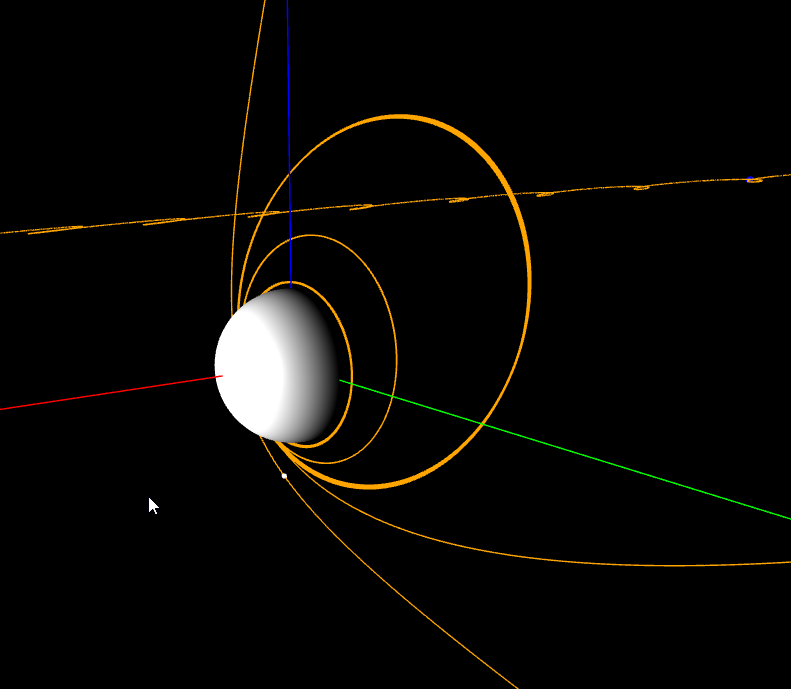
Few comments. For lay people as well as serious ones (with good background in physics/math).juvva wrote:CY-2 is still in elliptical orbit around the earth, this orbit will get it close to the approaching moon around 20th August and enable lunar capture.Varoon Shekhar wrote:Just to clear up for lay people like myself- there is no perigee and apogee with Chandrayaan-2 at this time, right? It is headed straight for the moon. Then there is the 'lunar capture', which leads to a new set of perigees and apogees around the moon, until it sets in at a more or less 100km orbit indefinitely.





That area looks so pockmarked with craters, it will be an immense feat to pull this landing off.Amber G. wrote:The landing point ..( (-70.90267°, 22.7811°) (Bottom of the picture - slightly left from the middle)
It is due to the projection. Actually it is as pockmarked as the equatorial region butdue to the prjection it appears like that.disha wrote:That area looks so pockmarked with craters, it will be an immense feat to pull this landing off.Amber G. wrote:The landing point ..( (-70.90267°, 22.7811°) (Bottom of the picture - slightly left from the middle)
----



Topography and morphology. The slope map (Figure 2a) generated using
LOLA topography data (~60 m/pixel) reveals that ~94% of the area within the ellipse have slope within 15˚. The remaining 6% of the ellipse have locally steep slopes (>15˚)
images reveals that there are 13600 craters whose diameter is >10 m and only 11 craters with diameter>500 m (
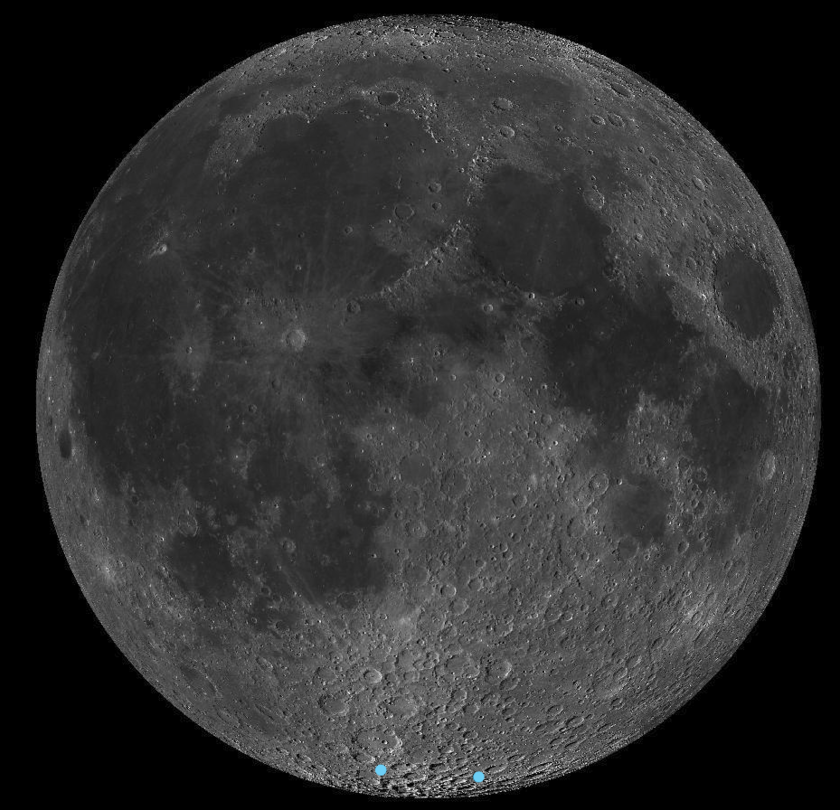
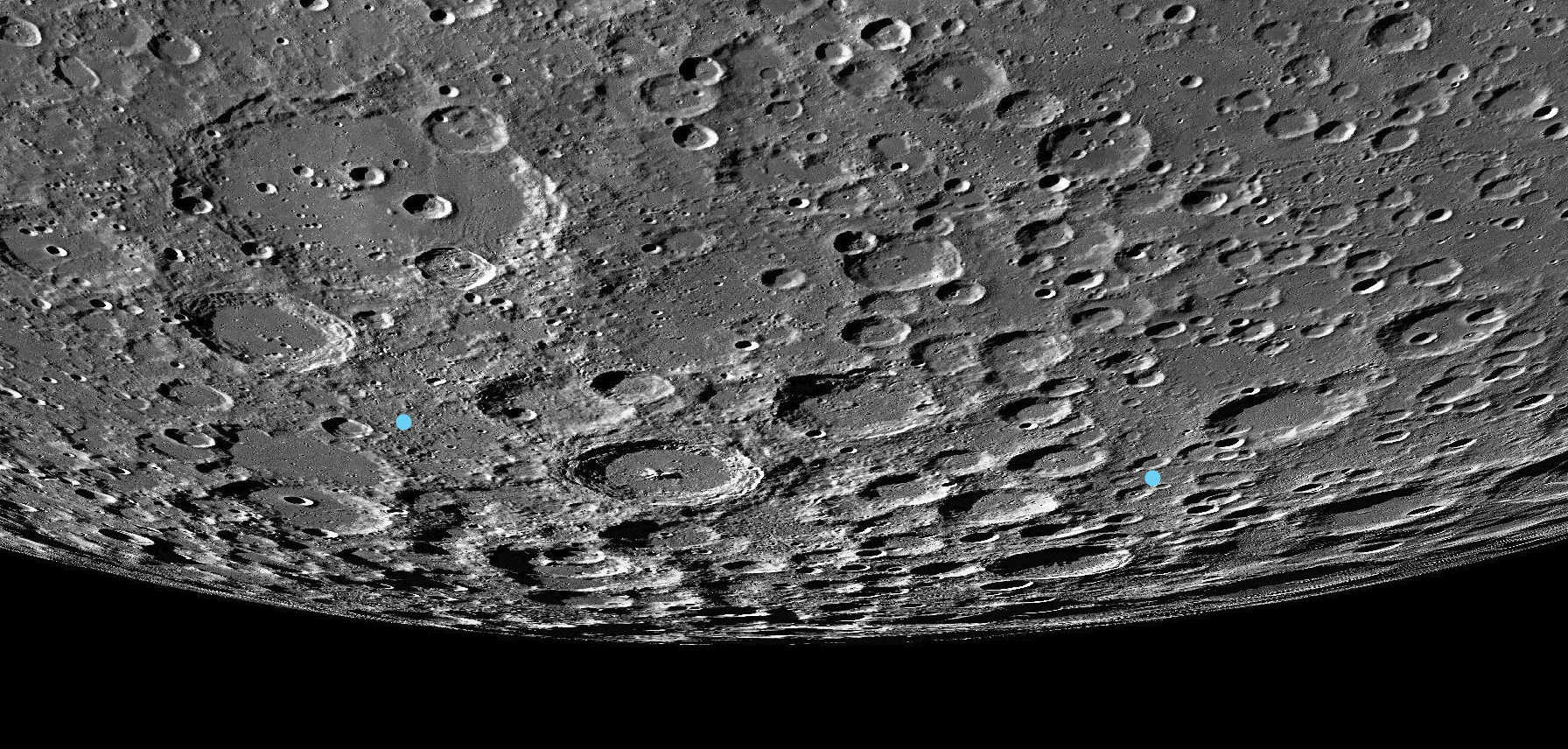
From isro update page.August 28, 2019
Third Lunar Orbit Maneuver
Third Lunar bound orbit maneuver for Chandrayaan-2 spacecraft was performed successfully today (August 28, 2019) beginning at 0904 hrs IST, using the onboard propulsion system. The duration of the maneuver was 1190 seconds. The orbit achieved is 179 km x 1412 km.
All spacecraft parameters are normal.
The next Lunar bound orbit maneuver is scheduled on August 30, 2019 between 1800 - 1900 hrs IST.
I guess the accuracy shows that all is going well with calculations and control. Great job thus far!!juvva wrote:179km x 1412km -achieved
Vs
178km x 1411km -planned
right on the mark !!!
Next manuever tomorrow is planned to achieve orbit of 126 X 164 and the planned orbit for the final maneuver on Sep 1 is 114 X 128SaiK wrote:Is the next orbit-lowering to go 100x100 circular?
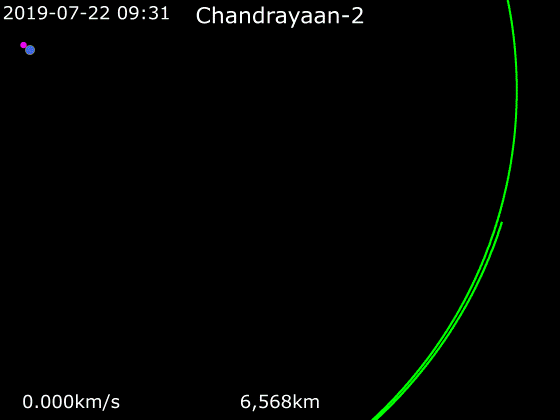
Thank you for bringing the orbits alive!! Much appreciated. And it is based on actual data so we can see the change in velocity at apogee and perigee!!.Amber G. wrote:Sharing a few images (From actual data): (For nice animation, see Sankara's animation posted before)
First phase: From Earth to Moon.
CY2's TLI was much more challenging but this is for a different reason.. (See note ***).SriKumar wrote:In looking at the orbits, it seems like getting into a lunar orbit is more challenging task than getting grabbed by Martian gravity into a Martian orbit (the distance and time delay notwithstanding). Per my memory, the orbit of Mangalyaan did not involve the sharp turns seen above with chandrayaan just prior to getting captured in a circumlunar orbit. CY after goes in moon's circum-earth path for a little bit, and does a double-curve into a circum-lunar orbit. Mangalyaan's was much more like a single smooth elliptical curve with no sharp turns. Same for Maven that went into a polar martian orbit. Myaan was traveling at 31 km/sec i.e. faster than Mars at 24 km/sec and came from behind tangential to Mars' orbit around sun, braked and entered martian orbit. Orbit seemed less complex than the gyrations cyaan had to go through.


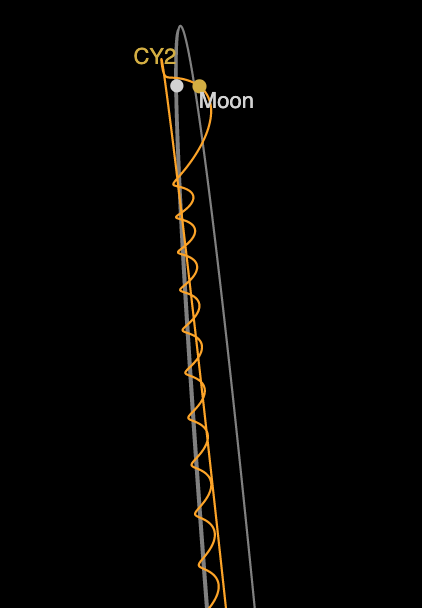
Ramana - to add, "corkscrew" part is obviously looking from earth's frame of reference. Here moon is is orbit and CY2 is going around the moon. So the orbit looks like "corkscrew".ramana wrote:AmberG, Thanks for the explanation .
Its the corkscrew path to get there.
That accounts for the minor 1km variation in orbits achieved.
S^3 In such planetary travel/orbits 1km off is important no?
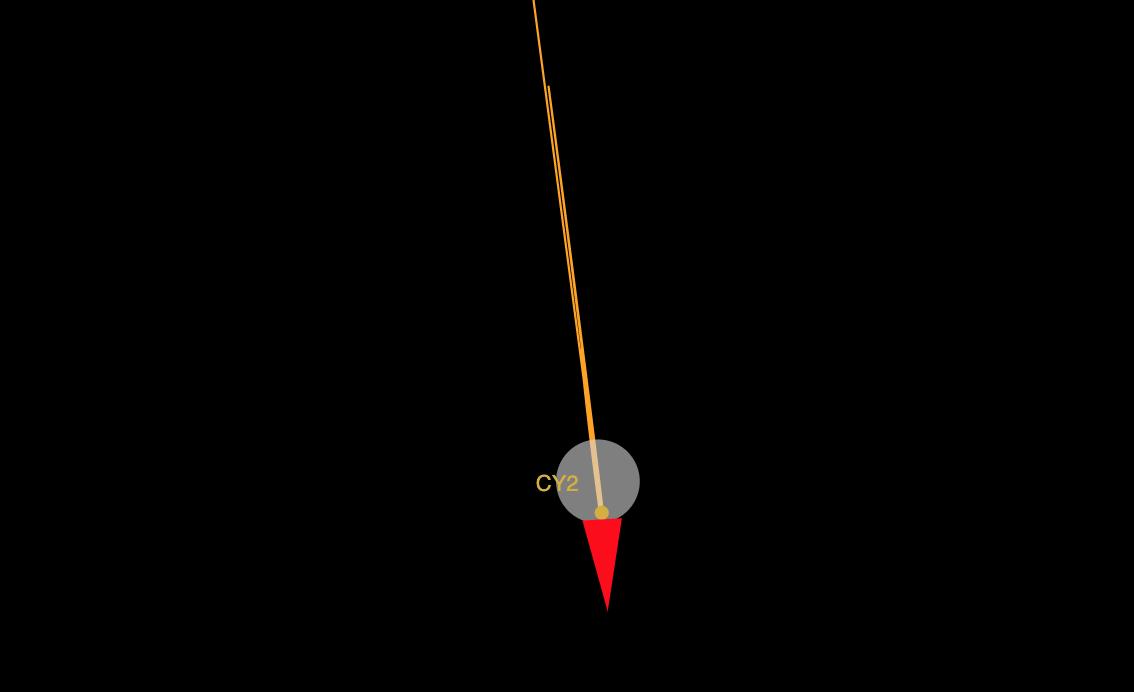
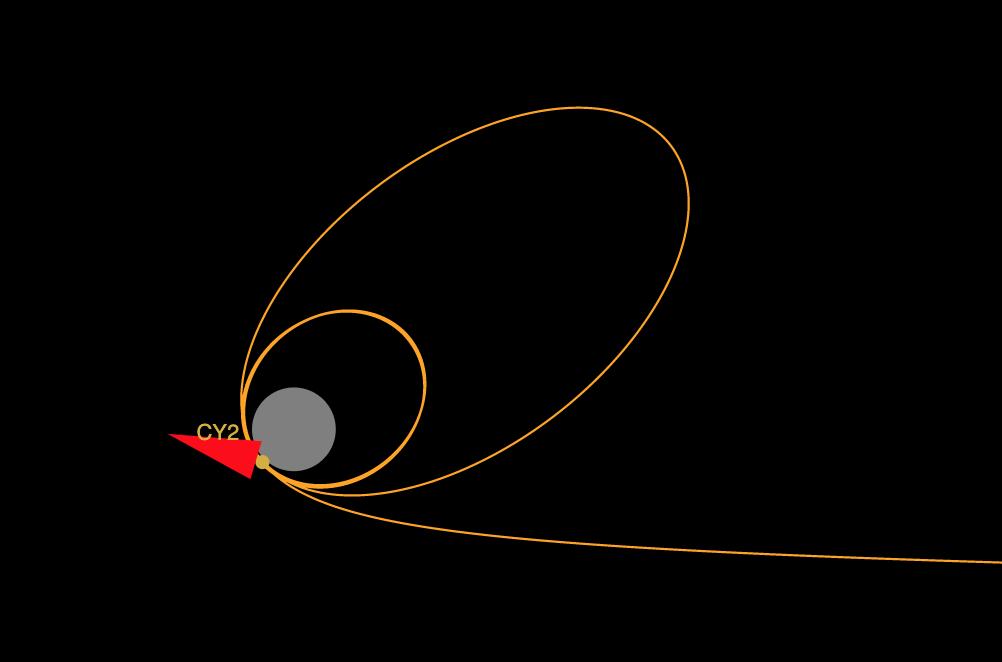

Not really corkscrew. they are ellipses that are marked in space time to get a corkscrewramana wrote:AmberG, Thanks for the explanation .
Its the corkscrew path to get there.
That accounts for the minor 1km variation in orbits achieved.
S^3 In such planetary travel/orbits 1km off is important no?
Perigee/apogee distance and minor variation here is not important. What's important is the orientation (inclination of the orbit) and phase (= timing -- where CY2 is at one particular point in the orbit relative to ground) so that final Vikarm orbit (30km x 100 km) is within the parameters of it heading towards the landing point. This is, actual timing issue as moon is spinning so your timing has to be exactly right so that the particular point on landing on the spinning moon is reached.S^3 In such planetary travel/orbits 1km off is important no?
That was actually Bizz Aldrin's PhD Thesis where he showed that you need to be at a lower orbit to catch up and higher orbit to slow down which is used in various rendezvous maneuvers in space(V bar/X bar approaches)Amber G. wrote:Perigee/apogee distance and minor variation here is not important. What's important is the orientation (inclination of the orbit) and phase (= timing -- where CY2 is at one particular point in the orbit relative to ground) so that final Vikarm orbit (30km x 100 km) is within the parameters of it heading towards the landing point. This is, actual timing issue as moon is spinning so your timing has to be exactly right so that the particular point on landing on the spinning moon is reached.S^3 In such planetary travel/orbits 1km off is important no?
Actually final adjustment in the timing is done by adjusting (lowering or elevating) the orbit. If you are "behind" the spot you are supposed to, you actually "slow down" (less delta-V) ==> lower the orbit (thus increasing the angular velocity relative to moon) to "catch up". Pretty complicated and some times counter intuitive. When ISRO says "parameters normal" == much more than values of perigee/apogee.
One analogy I like to give: Hitting a wicket with pin-point accuracy is impressive but imagine a wicket where the cylinder shaped wicket is spinning fast and there is a small dot on the wicket. And one hits that fast spinning dot with pin-point accuracy. (And that too when dot is facing one particular direction -aka morning at a point on moon)
-- Landing a rover on a preselected point is *many* times more difficult than putting a space-craft in a random orbit.
prasannasimha wrote:[quote="Amber G."]
Perigee/apogee distance and minor variation here is not important. What's important is the orientation (inclination of the orbit) and phase (= timing -- where CY2 is at one particular point in the orbit relative to ground) so that final Vikarm orbit (30km x 100 km) is within the parameters of it heading towards the landing point. This is, actual timing issue as moon is spinning so your timing has to be exactly right so that the particular point on landing on the spinning moon is reached.
Actually final adjustment in the timing is done by adjusting (lowering or elevating) the orbit. If you are "behind" the spot you are supposed to, you actually "slow down" (less delta-V) ==> lower the orbit (thus increasing the angular velocity relative to moon) to "catch up". Pretty complicated and some times counter intuitive. When ISRO says "parameters normal" == much more than values of perigee/apogee.
One analogy I like to give: Hitting a wicket with pin-point accuracy is impressive but imagine a wicket where the cylinder shaped wicket is spinning fast and there is a small dot on the wicket. And one hits that fast spinning dot with pin-point accuracy. (And that too when dot is facing one particular direction -aka morning at a point on moon)
-- Landing a rover on a preselected point is *many* times more difficult than putting a space-craft in a random orbit.